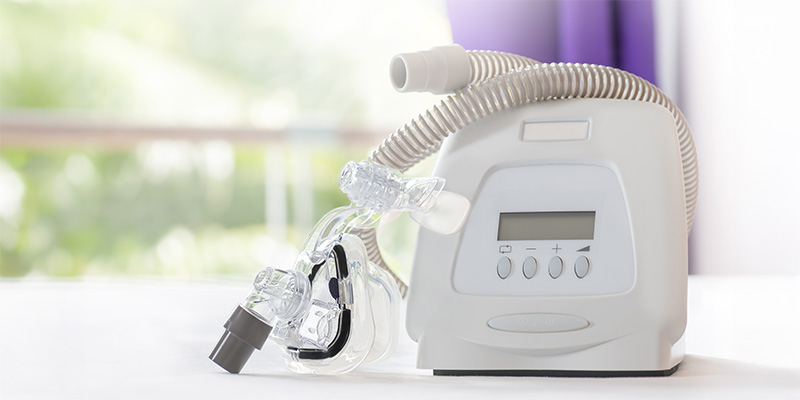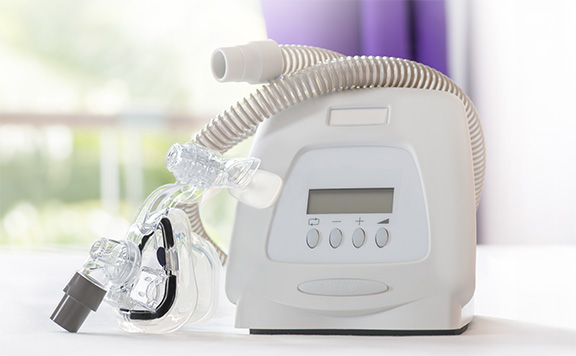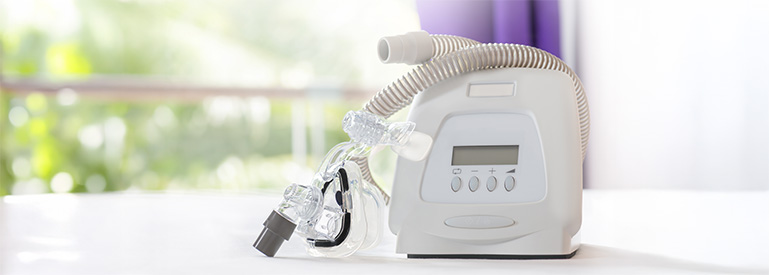Choosing the right system for you
With so many options available, finding the right battery backup system can feel overwhelming. But by focusing on a few key factors, you can find a solution that fits your needs and gives you peace of mind.
Calculate your capacity needs
The first step is to calculate the total wattage of the devices you need to power. Add up the wattage of each medical device you plan to connect to the backup system. Next, choose a system with a slightly higher capacity to ensure it can handle the power load comfortably.
For example, if your equipment totals 500 watts, look for a system rated for at least 600-700 watts to ensure that it operates safely.
Consider runtime requirements
Runtime refers to how long your backup system can power your devices during an outage. This depends on both the battery size and how much power your equipment needs. Some UPS systems offer 30-60 minutes of backup, while larger battery banks can last several hours, or even days if they’re powered by solar energy.
Ask yourself these questions:
- How long do typical outages last in my area?
- Do I need time to relocate or wait for emergency services?
- Would a generator be a helpful secondary solution?







